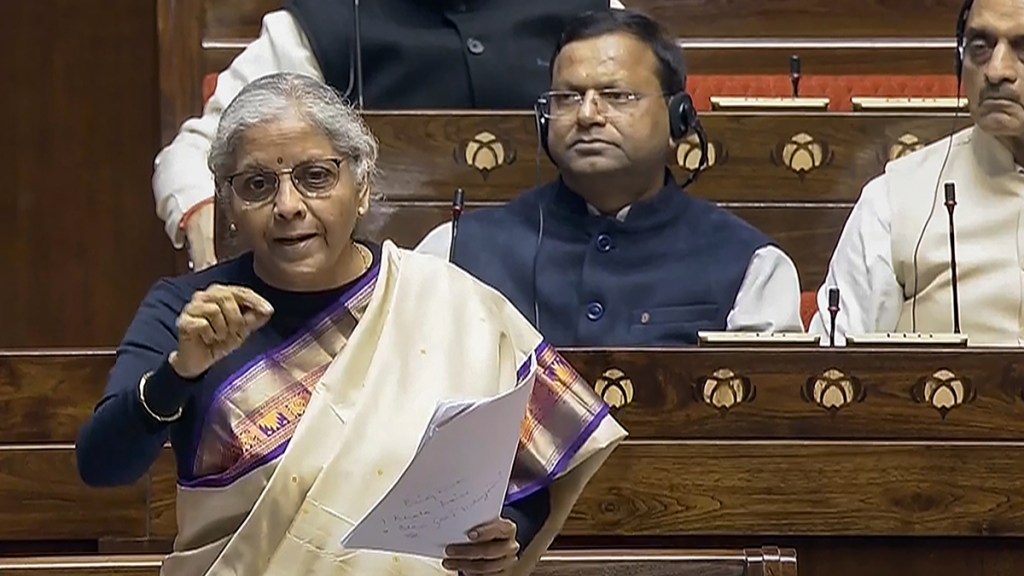The White Paper on Economy released by the Ministry of Finance on Thursday said that the former Prime Minister Manmohan Singh-led UPA government inherited a healthy economy ready for more reforms, but made it non-performing in its ten years.
The NDA government in last 10 years has successfully overcome the challenges left behind by the UPA government, and took “tough decisions” to place India on the path of sustainable high growth, the 59-page ‘White Paper on the Indian Economy’, which was tabled by Finance Minister Nirmala Sitharaman in Parliament, said.
“When our government assumed office, the economy was on a road to nowhere, exhibiting tell-tale signs of deep distress emanating from multiple ‘wrong turns’ in economic policy…As soon as our government took over in 2014, we recognized the urgent need to revamp and overhaul systems and processes, to help India advance on the path of development while also bolstering its macroeconomic foundations,” it said.
It said that when the Modi government came to power in 2014, the economy was in a “fragile state”; public finances were in “bad shape”; there was economic mismanagement and financial indiscipline, and widespread corruption.
“It was a crisis situation. The responsibility to mend the economy step by step and to put the governance systems in order was enormous,” the paper read.
“Our government, unlike its predecessor, invested in the foundations of the economy along with building a sturdy superstructure. Looking back at the last ten years, we can say with humility and satisfaction that we have successfully overcome the challenges left behind by the previous government,” it added.
On inflation, the white paper said that the average annual inflation between FY14 and FY23 declined to 5.0 per cent from an average inflation of 8.2 per cent between FY04 and FY14.
“But for the geopolitical developments that significantly escalated global commodity prices, the average inflation in the last 10 years would have been even lower. Yet the government had inflation in control through diversifying supply sources and strengthening buffers of key food items,” it said.
The market borrowings of the Central Government, which had grown at phenomenal rates during the UPA years, were controlled by the NDA government. The net market borrowings (G-sec) of the Central Government, which had gone up 4.5 times during the UPA regime, went up by 2.6 times under the NDA government despite the higher spending requirements necessitated by the once-in-a-century global pandemic, it said.
“The Amrit Kaal has just begun and our destination is “India a developed nation by 2047″. It is our Kartavya Kaal,” it said.
The white paper has listed a comparison of several macroeconomic parameters between the UPA and the NDA governments:
The GDP Per Capita (PPP) was 3,889 between FY05-FY14 and it stood at 6,016 FY15-FY23, it said. The capital expenditure was 1.7 per cent for FY14 and now it is 3.2 per cent for FY24.
The Foreign Direct Investment between FY05-FY14 was 305 and it stood at 596.5 between FY15-Nov 2023.
A total of 1,17,257 start-ups came up in India, as of December 31, 2023 and it was 350 as of 2014, it said.
There were 74 airports by the end of Feb 2014 and 149 by February 2024, while 387 and 706 medical colleges respectively came up in the same period.
A total of 14.5 LPG connections were there as of April 2014 and 31.4 crore connections as of August 2023, it said.


